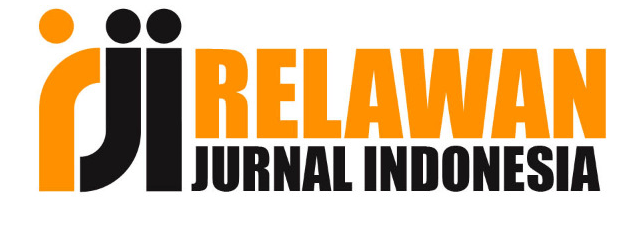Determinan Adversity Quotient dan Kemampuan Berpikir Kritis Dengan Stres Pada Mahasiswa Yang Sudah Bekerja
Abstract
The incidence of stress was quite high, reaching more than 350 million people in the world and ranked 4th in the world. The purpose of this study was to determine the relationship between adversity quotient and critical thinking ability with stress on nursing students in the Widya Dharma Husada Tangerang School of Health Science who are already working. The method of this research was analytic study with a cross sectional approach. The number of samples was 96 students at Widya Dharma Husada Tangerang School of Health Science in 2020. Sampling used non-probability sampling techniques with purposive sampling. The results showed that respondents had a moderate adversity quotient of 48 respondents (50%) and respondents who think critically are not good as many as 61 respondents (63,5%). Statistical test results obtained the, then it can be concluded that there is a significant relationship between adversity quotient with stress (p-value = 0.004) and critical thinking skills with stress (p-value = 0.015)
Keywords
Full Text:
PDFReferences
Abdullah, N.A.C & Dan, S.M. (2011). A Study on Stres Level Among Part-time Students in a Higher institution in Kuala Lumpur Malaysia. Journal Global Management, University Utara Malaysia, Vol.3, No.1.
Ambarwati, putri dewi, et al. (2017). Gambaran Stres Pada Mahasiswa. Magelang (Jurnal) Available at URL: http://103.97.100.145/index.php/JKJ/article/view/4466/4081 (Diakses pada 28 Januari 2020)
American Pshycological Association. (2013). Stress In America: Missing the Health Care Connection. (Diakses pada 23 Januari 2020)
Basri, A Said Hasan. (2017). Prokrastinasi Akademik Mahasiswa Ditinjau dari Religiusitas. Universitas Sunan Kalijaga. Available at URL: http://ejournal.uin-suka.ac.id/dakwah/hisbah/article/download/1201/1041 (Diakses pada tanggal 22 Januari 2020)
Hidayat, B.A. (2012). Hubungan Tingkat Stres dengan Kejadian Insomnia Pada Mahasiswa Program Studi Ilmu Keperawatan Universitas Diponegoro. Skripsi. Fakultas Kedokteran Universitas Diponegoro Available at URL: http://eprints.undip.ac.id/33160/ (Diakses pada 27 Januari 2020)
Mustafa, M.Z et al. (2009). Kajian Stres Dalam Kalangan Pelajar Wanita Program Sarjana Muda Kejuruan di University Tun Hussein on Malaysia. Kuala Lumpur
Salam, Dahlia Binti. (2015). Perbedaan Tingat Stres Mahasiswa Part-time Study Ditinjau dari Status Pernikahan. Universitas Islam Negeri Sultan Syarif Kasim Riau. Available at URL: http://repository.uin-suska.ac.id/6957/
Syamsuddin. (2017). Komparasi Tingkat Stres Antara Mahasiswa Input MA dan Input SMA Jurusan Manajemen Pendidikan Islam Fakultas Tarbiyah dan Keguruan. Uin Alaudin Makassar. Available at URL: http://journal.uin-alauddin.ac.id/index.php/klm/article/view/4490/4107
Yanhi, Christy. (2015). Gambaran Tingkat Stres Angkatan XVIII Akademi Keperawatan Husada Karya Jaya Terhadap Mata Kuliah Riset Keperawatan. Jakarta. Available at URL: http://ejurnal.husadakaryajaya.ac.id/index.php/JAKHKJ/article/view/12/11 (Diakses pada 25 Januari 2020.
DOI: http://dx.doi.org/10.52118/edumasda.v4i2.105
Refbacks
- There are currently no refbacks.
Copyright (c)
Sekolah Tinggi Ilmu Kesehatan Kharisma Persada
Pajajaran Street Number 1 Pamulang,
South Tangerang City, Banten Province, Indonesia, 15417
Telephone: 021-74716128 / Handphone : 081384462729

Edu Masda Journal by Sekolah Tinggi Ilmu Kesehatan Kharisma Persada is licensed under a Creative Commons Attribution-ShareAlike 4.0 International License.
Based on a work at http://openjournal.masda.ac.id/index.php/edumasda/index.




